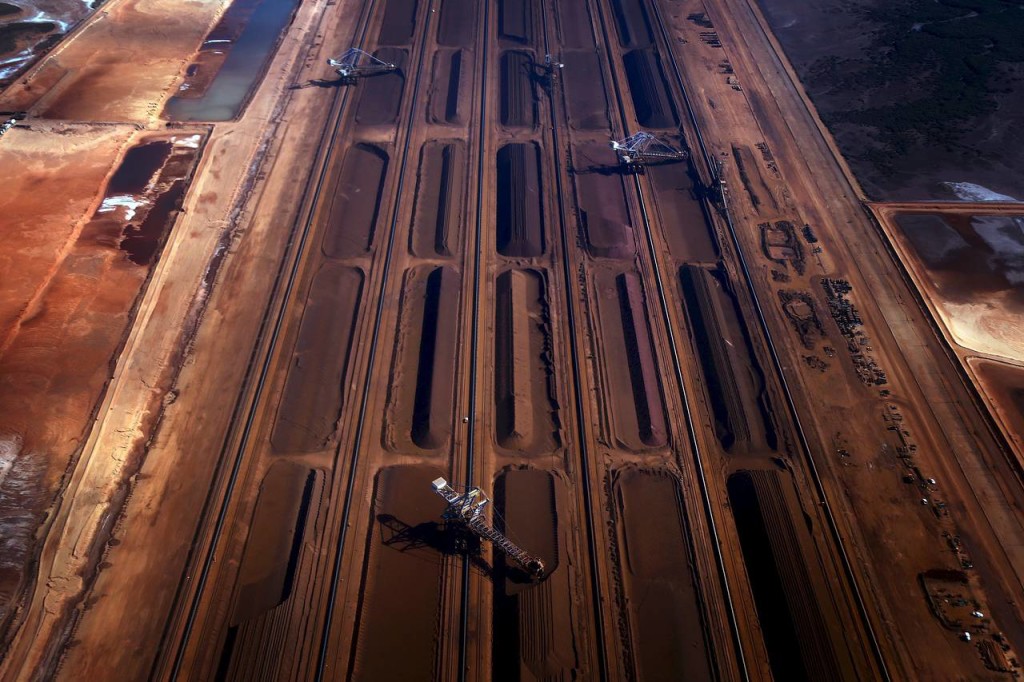Mining company stays confident in China’s steel market, despite country’s slowdown
SYDNEY— Rio Tinto PLC told investors it expects world-wide demand for iron ore to keep growing despite China’s economic slowdown, as the company projected a rising appetite for steel in coming years.
On Thursday, Rio Tinto forecast 2.5% average annual growth in global steel demand for the next 15 years. Emerging markets are expected to take on an expanded role, with the mining company predicting that non-Chinese steel demand will rise 65% by 2030.
While Chinese steel output has waned recently, Rio Tinto said it remained confident in the country’s steel market. It stuck with an earlier projection that Chinese crude steel production will reach about one billion metric tons by the end of next decade. China produces roughly half the world’s steel, and its annual production is currently at roughly 800 million tons.
A global glut of steel and concerns over China’s economic prospects, have hurt prices for iron ore, the biggest ingredient in steelmaking. Last month, BHP Billiton lowered its long-run forecast for peak China steel demand to between 935 million and 985 million tons, from one billion to 1.1 billion tons. “We have taken a realistic view,” Chief ExecutiveAndrew Mackenzie said at the time.
BHP is the world’s third-largest exporter of iron ore, behind Rio Tinto and Brazil’s ValeSA, the top supplier.
Rio Tinto argues that although there is a steel glut now, China will need more of the material in the future, as old homes are demolished and replaced with buildings that are taller and more steel intensive. The mining company—which outlined its forecasts at a Sydney investor presentation—said it also projects higher exports of steel products and machinery from China to underpin that country’s output of the alloy.
Rio Tinto has been aggressively expanding its iron-ore production in Australia’s Pilbara mining region, drawing ire from smaller rivals and politicians who say the company and some of its peers are hurting the industry by flooding the market.
The price of iron ore fell to a decade low of about US$44 a ton in July, compared with a peak above $190 in 2011, and some analysts expect it to tumble to a fresh nadir as Australian shipments of the commodity continue to rise. Goldman Sachs forecast prices to fall a further 30% over the coming 18 months.
Rio Tinto said that despite “ongoing volatility in global commodity markets,” it expects “growing global demand for high-quality iron ore.” On Thursday, the mining company forecast world iron-ore demand to rise to three billion tons in 2030, an average 2% annual rise between now and then.
Rio Tinto is likely to produce roughly 335 million tons of ore from its Pilbara operations next year, and roughly 350 million tons in 2017, it said.
The mining company also said it would accelerate its cost-cutting efforts and expects to reduce maintenance costs by about $200 million a year over the next three years.
Source: The Wall Street Journal
